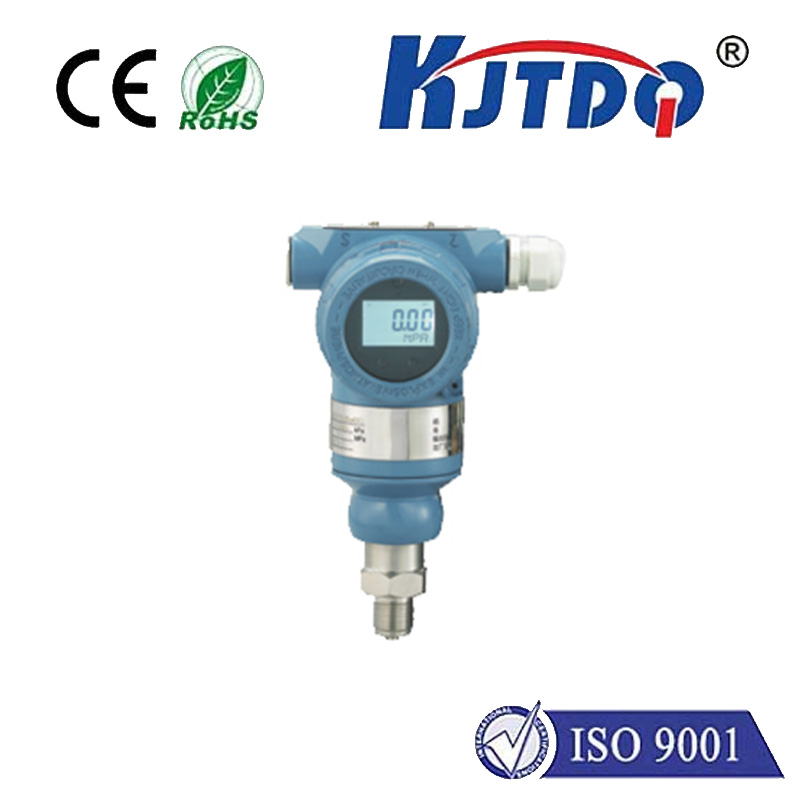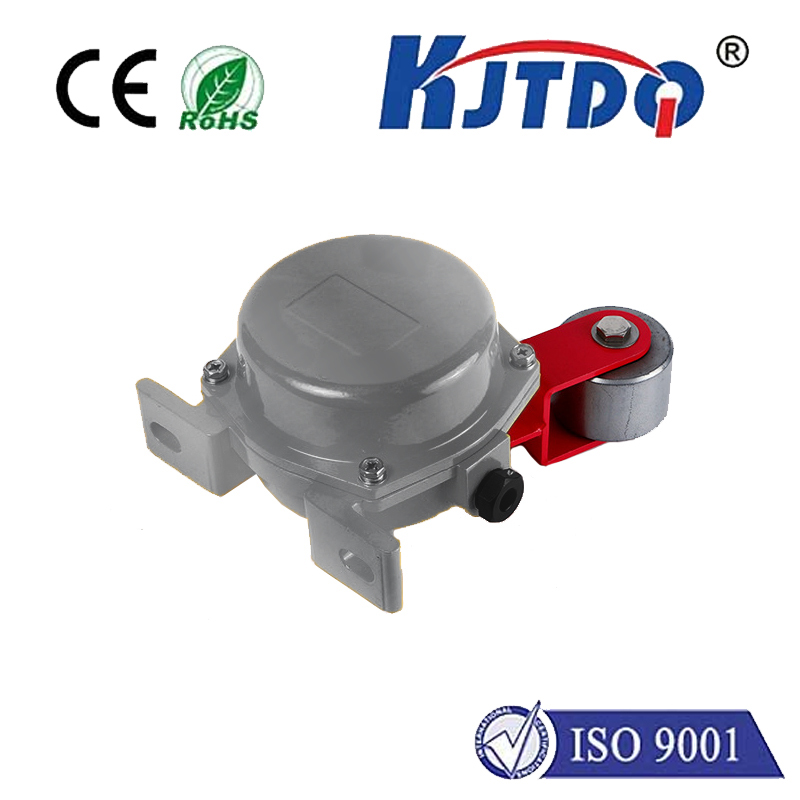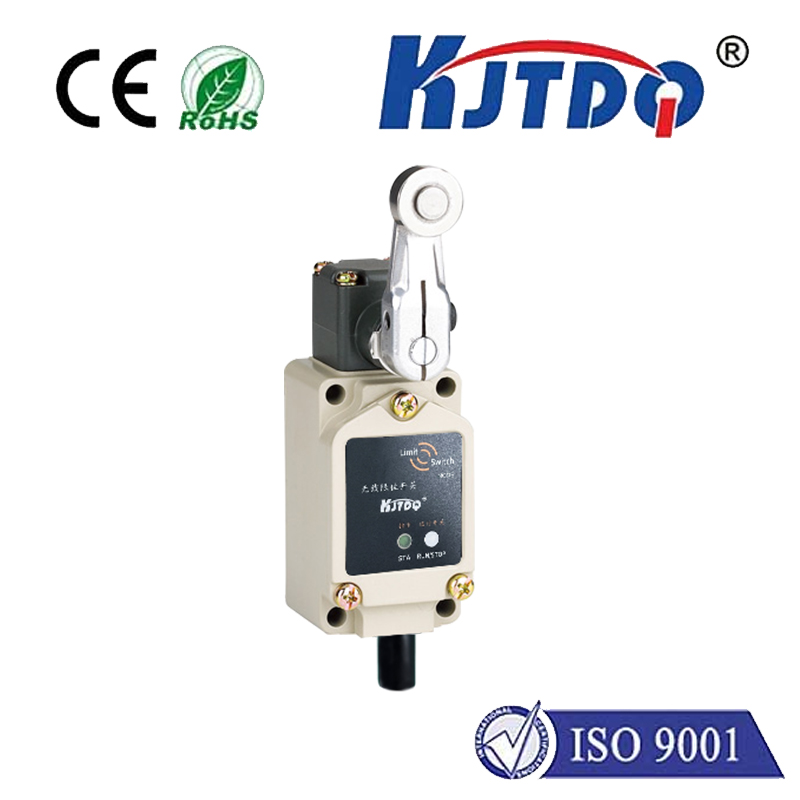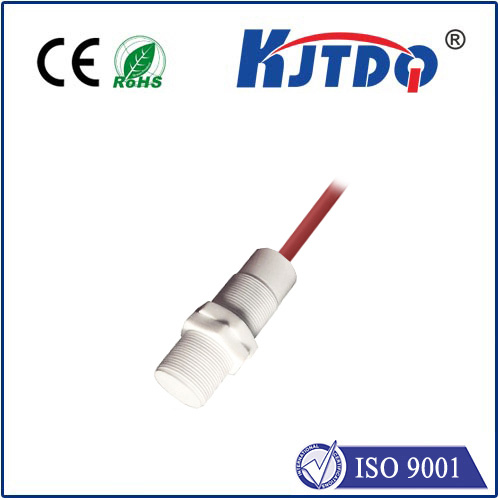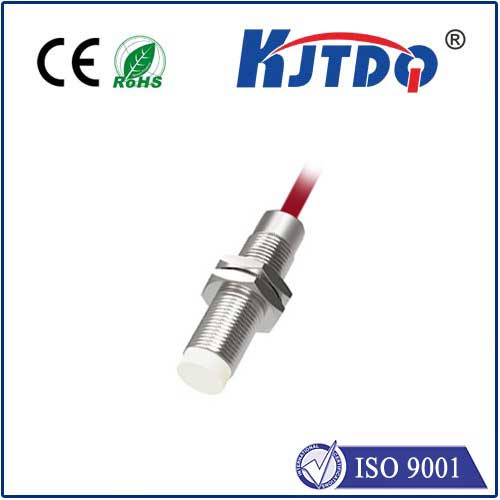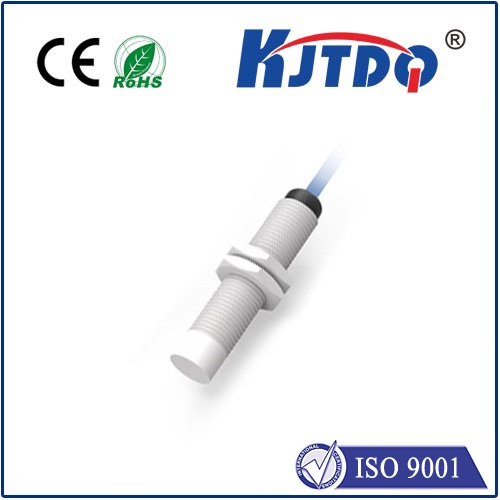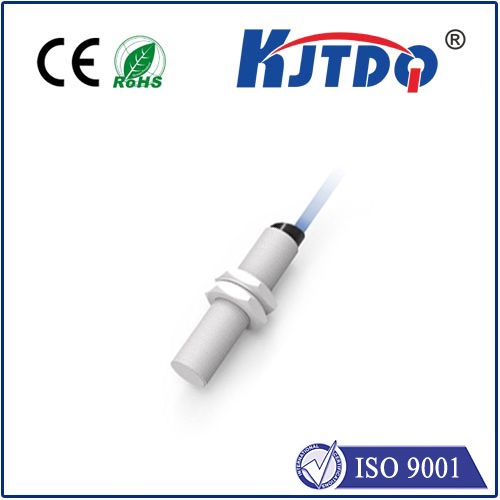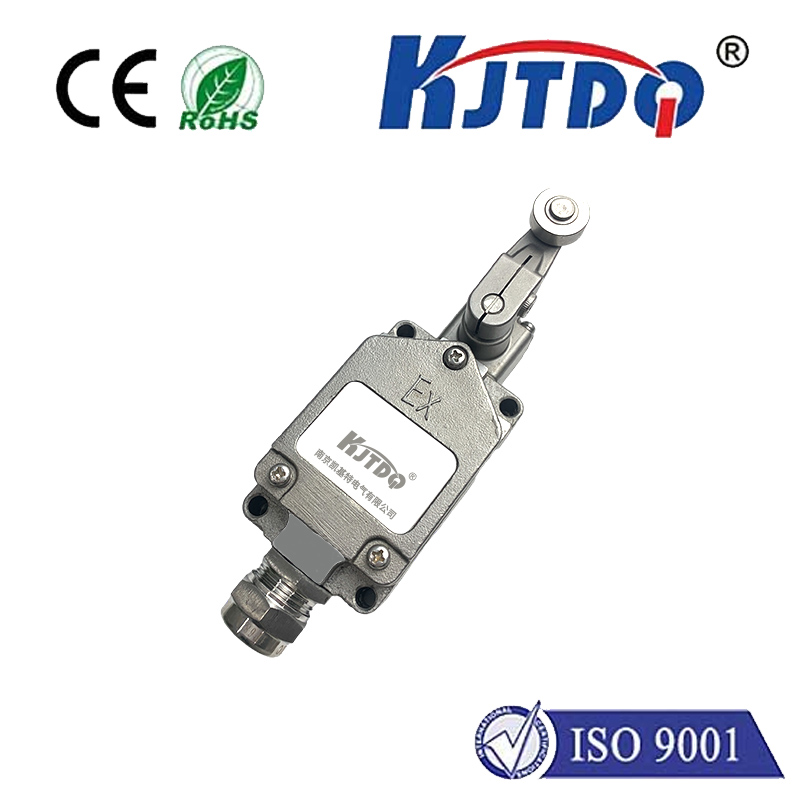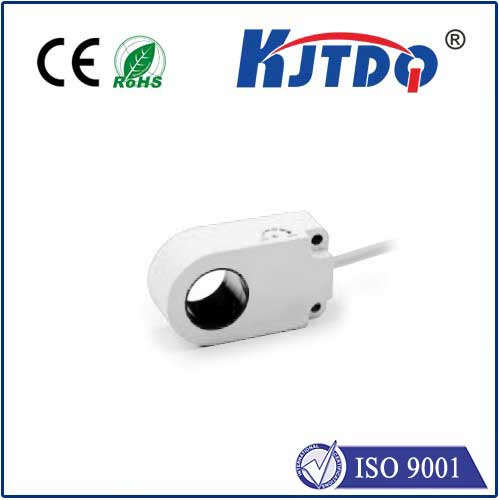
check

check

check

check
Title: Unraveling the Mysteries of the Laser Grid Sensor
Introduction to Laser Grid Sensors
In the realm of modern technological advancements, one of the most intriguing and sophisticated tools is the laser grid sensor. This cutting-edge device has revolutionized various fields, including astronomy, meteorology, and navigation systems. The laser grid sensor works by detecting and measuring the reflections and refractions of light from the Earth's surface. This article aims to provide a comprehensive understanding of laser grid sensors and their remarkable capabilities.
The Working Principle of Laser Grid Sensors
Laser grid sensors employ a high-powered laser beam that is directed towards the Earth's horizon or atmosphere. When the laser beam strikes an object, such as a cloud or a hilltop, some of the light is reflected while the rest is transmitted through the object. By analyzing this transmission pattern, researchers can determine the shape, orientation, and height of objects on the horizon. This process allows for more precise and accurate weather forecasts, improved satellite navigation, and better understanding of atmospheric phenomena.
Key Benefits of Laser Grid Sensors

Laser grid sensors offer numerous benefits over traditional observation methods. Some of the key advantages include:
1. High Accuracy: Laser grid sensors produce highly accurate measurements due to their ability to detect even small variations in light transmission patterns. This makes them ideal for applications that require precise data, such as weather forecasting and satellite navigation.
2. Wide Range of Applications: Laser grid sensors can be used in a variety of fields, including meteorology, astronomy, and remote sensing. They can help us understand climate change, observe distant planets, monitor wildfires, and more.
3. Cost-Effective: Laser grid sensors are relatively inexpensive compared to other observation technologies. This makes them accessible to a wide range of researchers and organizations, further advancing our understanding of the natural world.
4. Non-invasive: Unlike other observation methods that may involve physical contact with objects on the ground or in the atmosphere (e.g., aircraft or satellites), laser grid sensors do not pose any harm to the environment or wildlife.
Development of Advanced Laser Grid Sensors
As technology continues to evolve, scientists are exploring new ways to improve the performance of laser grid sensors. Some of the latest developments include:
1. Multispectral Imaging: By incorporating multiple laser wavelengths into a single system, researchers can create high-resolution images that capture different colors of light emitted by objects in the atmosphere. This technique has proven particularly useful in studying weather patterns and climate trends.
2. Integration with Artificial Intelligence: Advances in artificial intelligence (AI) are enabling researchers to develop more sophisticated algorithms that can analyze vast amounts of data collected by laser grid sensors. These algorithms can identify patterns and anomalies in real-time, providing valuable insights into complex atmospheric phenomena.
Conclusion
The laser grid sensor is a powerful tool that has transformed our understanding of the natural world. As research continues in this exciting field, we can expect to see even more advanced and innovative solutions that will push the boundaries of scientific knowledge further. From improving weather forecasts to monitoring climate change, the potential applications of laser grid sensors are endless. It is truly an exciting time to be involved in the study of atmospheric science!
